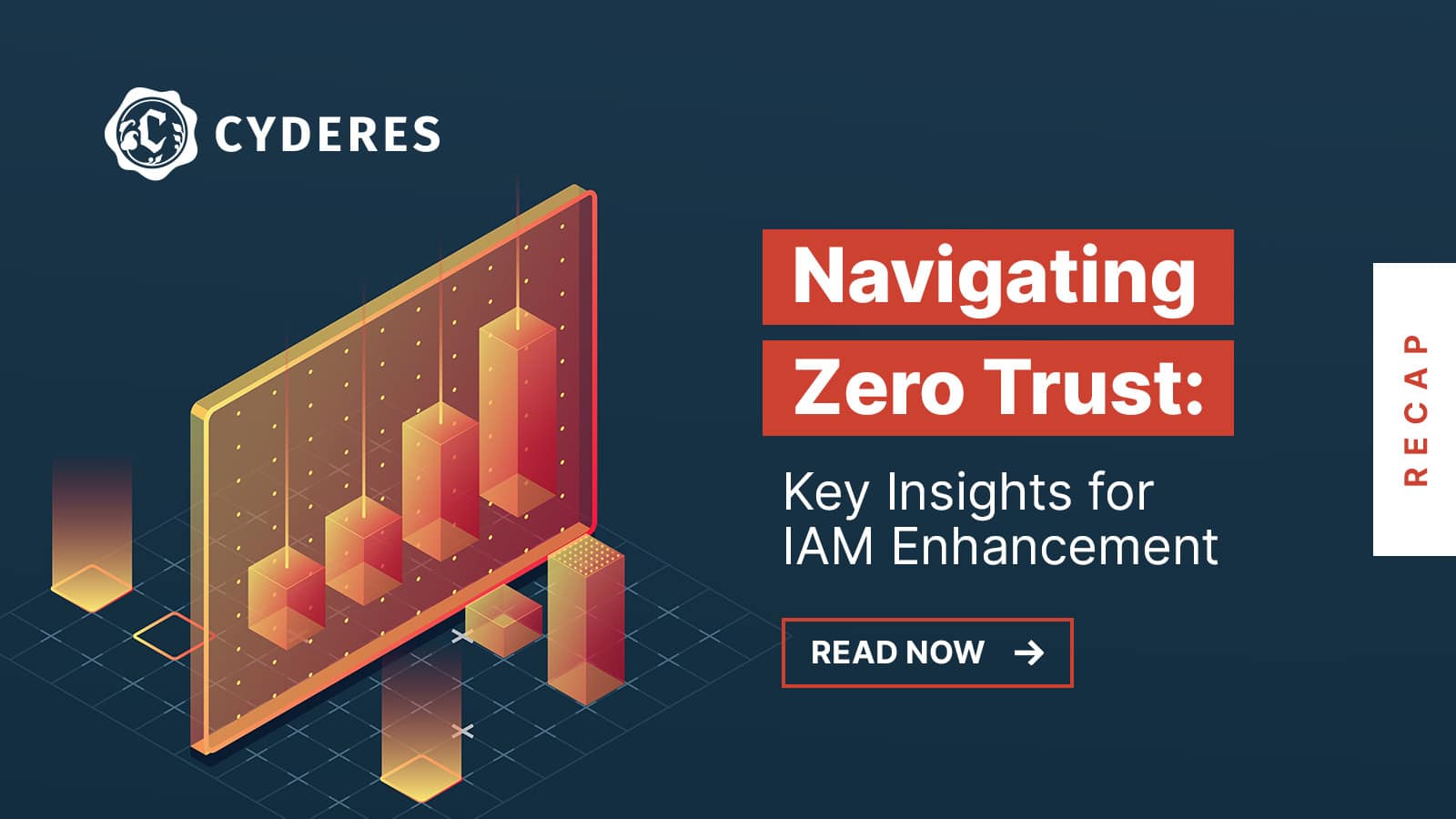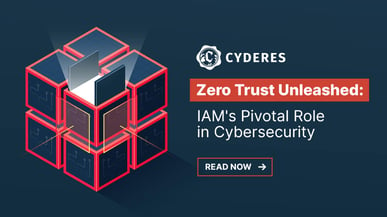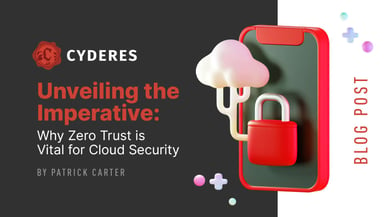In our recent webinar, “Zero Trust Unleashed: Strengthening Identity and Access Management,” we embarked on a thrilling exploration of cutting-edge strategies to fortify your digital defenses. Guided by the expertise of Joel Rader and Duane Clouse, two stalwarts in the field, we ventured into the heart of Zero Trust, a revolutionary approach to cybersecurity.
Setting the Course: IAM Tailored to Your Organization
Every organization has its own unique IAM goals. It is crucial to understand your organization’s specific context and maturity level to find the perfect solution that aligns with your company’s needs. Here are a few key factors to consider:
- User Information: Understanding your users and their information is the cornerstone of effective IAM. “I have to know who you are before I can determine what you have access to,” Joel explained.
- Data Storage: The whereabouts of user information is of paramount importance. Whether it’s tucked away in Active Directory, Azure AD, or spanning multiple forests, this knowledge is vital.
- Data Authority: Identifying the authoritative source for user data and implementing effective management strategies is essential.
- Onboarding and Offboarding: Simplifying the onboarding process for new users and ensuring the security of data after they depart the organization are imperative considerations.
Evolving Maturity Levels and User Categories
There are various stages of IAM maturity and their correlation with security including:
- Multi-Factor Authentication (MFA): A robust evaluation of MFA options is essential, with a focus on selecting options that are both secure and user-friendly.
- User Categories: Different user types, including employees, contractors, customers, and partners, demand tailored IAM approaches.
- Continuous Validation: The ultimate goal is a continuous validation of access across diverse user types, devices, and applications.
Governance, Policy, Payload, and Protocol
During the webinar, our panelists delved deep into the pivotal role that governance and policy play in shaping and securing an organization’s IAM strategy. Their recommendations on how to implement effective governance frameworks and policies that enable seamless and secure access to critical resources are as followed:
- Leadership Involvement: IAM should not be relegated to the IT department alone. It must be understood, managed, and owned at the highest leadership levels.
- Policy Enforcement: Enforcing policies and protocols is paramount for controlling access to vital resources.
- Continuous Improvement: IAM is a continuous journey that necessitates regular evaluation and adaptation to meet evolving needs.
ROI and Savings through IAM
Investing in IAM is not only a necessary expense, but a strategic move that can lead to significant financial gains. These include:
- Time Savings: The automation of manual processes and the reduction of errors result in substantial time savings.
- Orphaned Accounts: Keeping track of and eliminating unused accounts are vital for security and efficiency.
- Security Benefits: IAM strengthens security, mitigates risks, and fortifies your organization against cyber threats.
By incorporating these valuable insights into your IAM strategy, you have the opportunity to significantly bolster your cybersecurity posture. With a proactive approach to identity and access management, you can fortify your organization’s defenses and stay one step ahead of potential threats. This strategic implementation will not only enhance your overall security but also instill confidence in your clients and stakeholders, showcasing your commitment to safeguarding their sensitive information.
Don’t miss out on the chance to elevate your IAM framework by watching the full replay of the webinar or contacting us to learn more.
For more cybersecurity tips, follow Cyderes on LinkedIn and Twitter.



